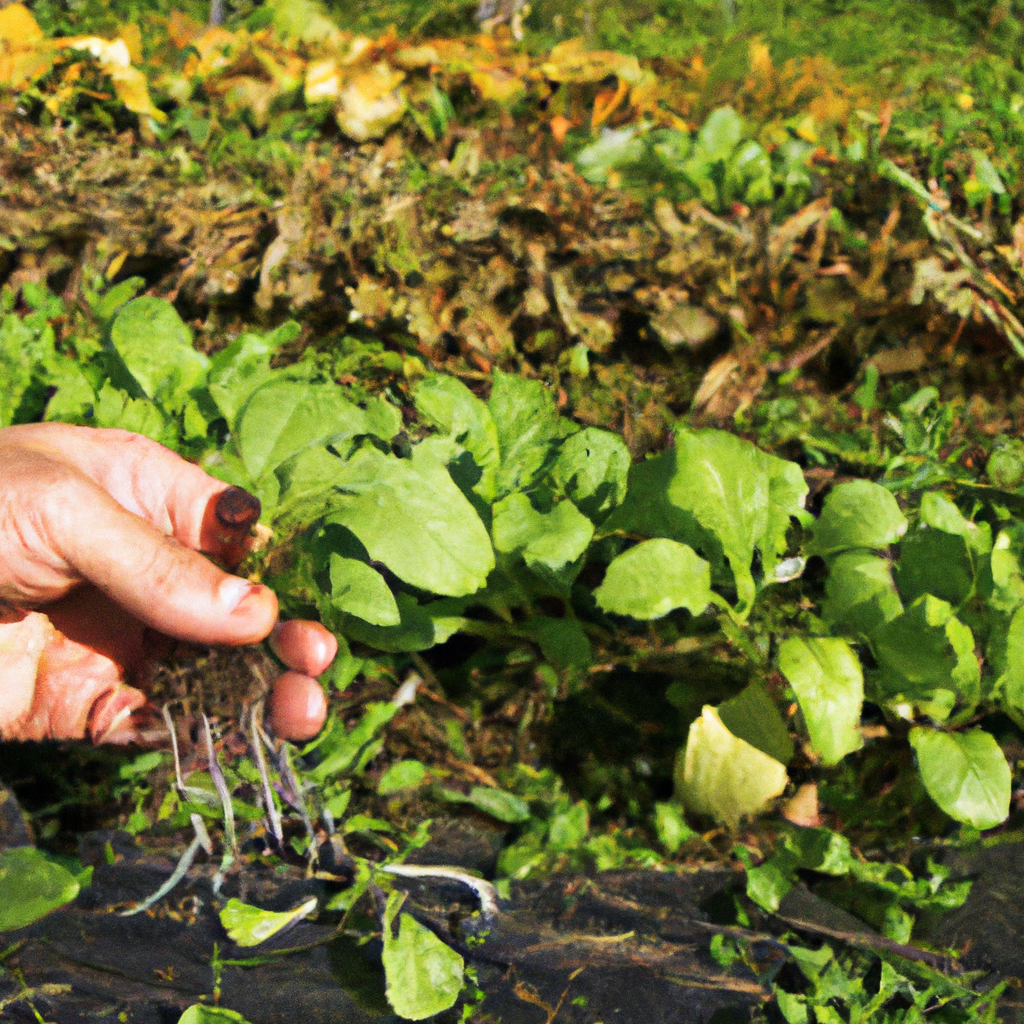
Securing the Future of US Agriculture
Agriculture is a vital sector of the economy, providing food and nutrition, raw materials and job opportunities to millions across the United States. It is a major contributor to the country’s GDP and plays a significant role in its global trade. However, the industry is facing multiple challenges such as climate change, water scarcity, pest infestation, and declining soil quality, which threaten its future. To ensure the long-term sustainability and prosperity of US agriculture, it is crucial to adopt innovative and resilient practices that can withstand changing times.
Sowing the Seeds of Success
Like any other sector, agriculture needs a solid foundation to build upon. Sowing the seeds of success involves investing in the basics such as research, technology, infrastructure, and education. Research can help identify new varieties of crops, pests and diseases, and better farming practices. Technology can help improve efficiency, reduce waste, and increase yields. Infrastructure can help improve transport, storage and distribution of produce, while education can help empower farmers with knowledge and skills to adapt to changing markets and conditions.
Cultivating Resilience in Agriculture
Resilience is the ability of a system to withstand and recover from shocks and stresses. In agriculture, resilience refers to the ability of farmers to cope with adverse weather conditions, pest outbreaks, market fluctuations, and other uncertainties. Cultivating resilience involves diversifying crops, improving soil health, conserving water, and creating networks of support such as cooperatives and insurance schemes. Farmers who adopt resilient practices are better equipped to deal with challenges and can bounce back stronger.
Harvesting Innovation for the Future
Innovation is essential for the long-term sustainability of US agriculture. It involves developing new products, services, and business models that can create value for farmers and consumers. Innovation can come from various sources such as startups, research institutions, and collaborations between farmers and other stakeholders. Examples of innovative practices in agriculture include precision farming, vertical farming, biocontrol, and digital platforms that connect producers and consumers. By embracing innovation, US agriculture can stay competitive and meet the changing demands of the market.
Nurturing a Sustainable Agriculture Industry
Sustainability is the overarching goal of US agriculture. It involves balancing economic, social, and environmental factors to create a healthy and prosperous industry. Nurturing a sustainable agriculture industry involves adopting practices that conserve natural resources, reduce greenhouse gas emissions, protect biodiversity, and promote social equity. Examples of sustainable practices in agriculture include organic farming, agroforestry, conservation tillage, and fair trade. By nurturing a sustainable agriculture industry, the US can ensure that agriculture continues to provide food and livelihoods to future generations.
Securing the Future of US Agriculture===
Securing the future of US agriculture requires a holistic approach that addresses the challenges facing the industry while capitalizing on its strengths. By sowing the seeds of success, cultivating resilience, harvesting innovation, and nurturing a sustainable agriculture industry, the US can ensure that agriculture remains a vibrant and essential sector of the economy. Farmers, policymakers, researchers, and consumers all have a role to play in securing the future of US agriculture. With the right mindset and actions, we can build a bright and prosperous future for agriculture and for the nation.
